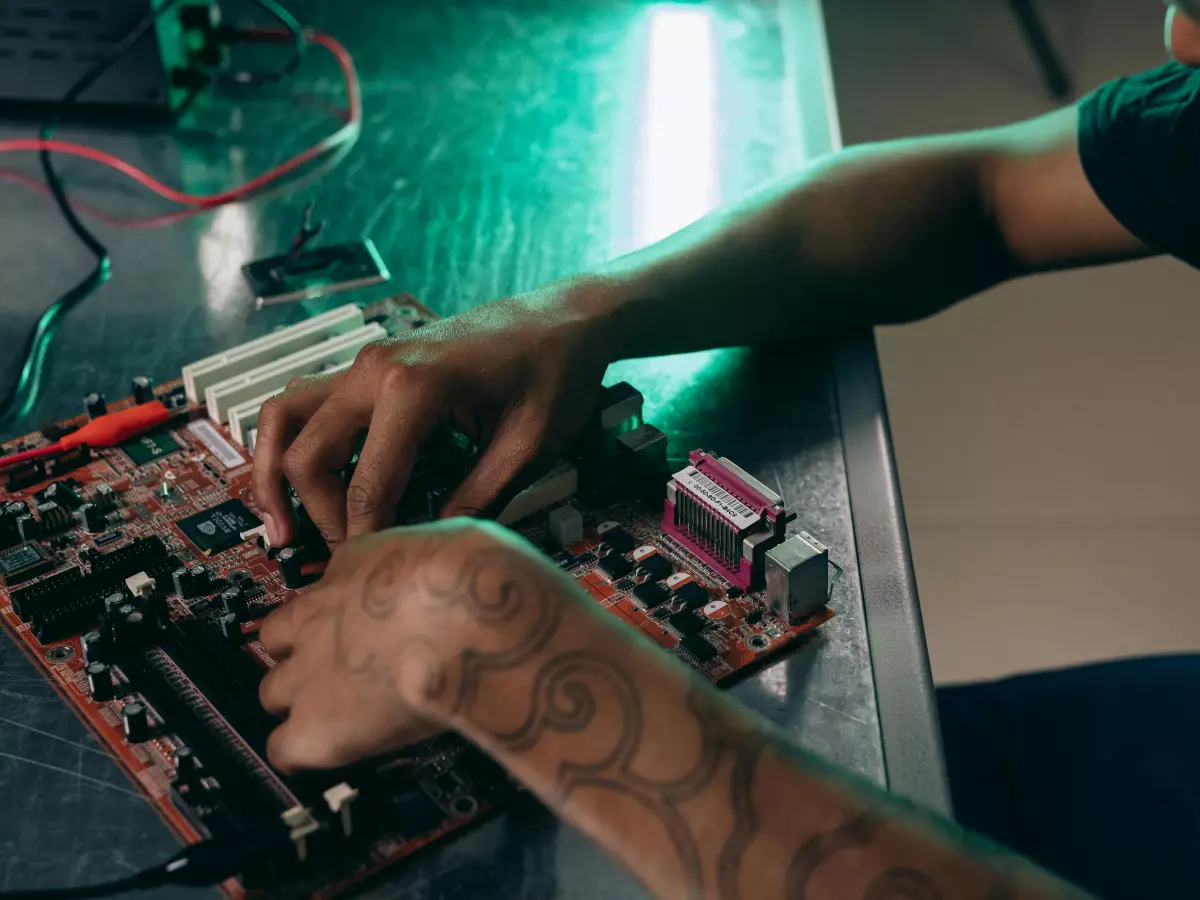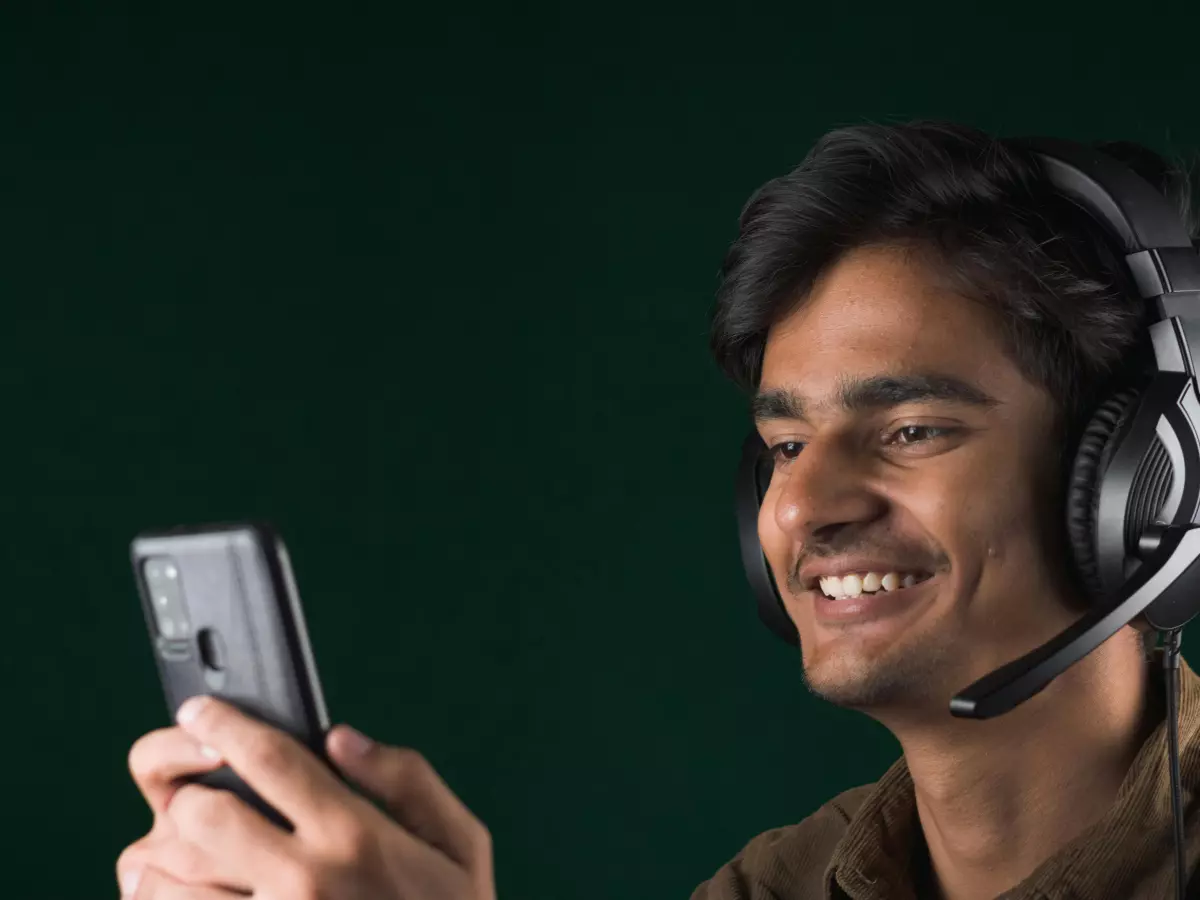RAM Timings Decoded
Imagine your PC running smoother than ever, apps opening instantly, games loading without a hitch, and multitasking feeling like a breeze. Sounds like a dream, right? Well, what if I told you that you could achieve this without upgrading your hardware? The secret lies in a lesser-known but crucial aspect of your system: RAM timings.

By Wei-Li Cheng
In the not-so-distant future, you could be sitting at your desk, marveling at how your PC feels like a high-end machine, even though you haven’t swapped out a single component. No, you didn’t suddenly win the lottery and buy the latest RAM sticks. Instead, you’ve unlocked the hidden potential of your existing memory by tweaking its timings. But before we get to that point, let’s rewind to the present and understand what RAM timings are and how they affect your PC’s performance.
RAM timings refer to the delays between various operations within your memory modules. These timings are expressed as a series of numbers (like 16-18-18-36) that represent different latency values. The lower these numbers, the faster your RAM can process data. But here’s the kicker: most people never touch their RAM timings. They leave them at the default settings, missing out on potential performance gains. So, if you’re looking to squeeze every last drop of speed from your PC, it’s time to dive into the world of RAM timings.
What Exactly Are RAM Timings?
Okay, let’s break it down. RAM timings are essentially the delays that occur when your memory performs specific tasks. These tasks include reading data, writing data, and refreshing the memory cells. The most common timing values you’ll see are:
- CAS Latency (CL): This is the time it takes for the RAM to start responding to a command. Lower CAS latency means faster response times.
- tRCD (Row Address to Column Address Delay): This is the delay between accessing a row and a column in the memory grid. Again, lower is better.
- tRP (Row Precharge Time): This is the time it takes to close one row and open another. You guessed it—lower is better.
- tRAS (Row Active Time): This is the minimum time a row must stay open to ensure data integrity. Unlike the others, this value needs to be balanced with the others for optimal performance.
So, when you see something like 16-18-18-36, these numbers correspond to the timings for CAS Latency, tRCD, tRP, and tRAS, respectively. But how do these numbers affect your PC’s performance in real-world scenarios? Let’s find out.
Why Do RAM Timings Matter?
Think of RAM timings like the gears in a car. If the gears are too slow to shift, the car won’t accelerate as quickly as it could. Similarly, if your RAM timings are too high (i.e., too slow), your PC won’t be able to process data as efficiently. This can lead to slower load times, laggy multitasking, and even lower frame rates in games.
On the flip side, optimizing your RAM timings can lead to noticeable improvements in system responsiveness. Apps will open faster, games will load quicker, and your overall computing experience will feel snappier. And the best part? You don’t need to buy new hardware to see these gains. All it takes is a little tweaking in your BIOS.
How to Adjust RAM Timings
Now that you know what RAM timings are and why they matter, let’s talk about how to adjust them. First, you’ll need to access your PC’s BIOS. This is where you can manually tweak your RAM timings to optimize performance. Here’s a step-by-step guide:
- Restart your PC and enter the BIOS: You can usually do this by pressing a key like F2 or Delete during startup.
- Navigate to the memory settings: Look for a section called “Memory” or “DRAM Configuration.”
- Find the RAM timings: You should see a list of numbers similar to 16-18-18-36. These are your current timings.
- Adjust the timings: Lower the values slightly, but be cautious. Lowering them too much can cause system instability.
- Save and exit: Once you’ve made your adjustments, save the changes and restart your PC.
After rebooting, you can use benchmarking tools like AIDA64 or MemTest86 to check for stability and performance improvements. If your system becomes unstable, simply revert the timings to their previous settings.
Is It Worth the Effort?
At this point, you might be wondering, “Is tweaking RAM timings really worth it?” The answer depends on your needs. If you’re a casual user who only browses the web and streams videos, you might not notice a huge difference. But if you’re a gamer, video editor, or someone who regularly works with large files, optimizing your RAM timings can provide a significant boost in performance.
Plus, there’s something satisfying about squeezing every last bit of power out of your PC without spending a dime. It’s like finding hidden treasure in your own backyard.
Final Thoughts
So, there you have it—RAM timings, the unsung hero of PC performance. While most people focus on upgrading their CPU or GPU, savvy users know that optimizing RAM timings can lead to impressive gains in speed and responsiveness. And the best part? You don’t need to spend any money to do it.
So, next time your PC feels a little sluggish, don’t rush to buy new hardware. Instead, take a closer look at your RAM timings. You might just unlock the hidden potential of your system and enjoy a faster, smoother computing experience.
Now, the only question left is: Are you ready to dive into your BIOS and start tweaking?





